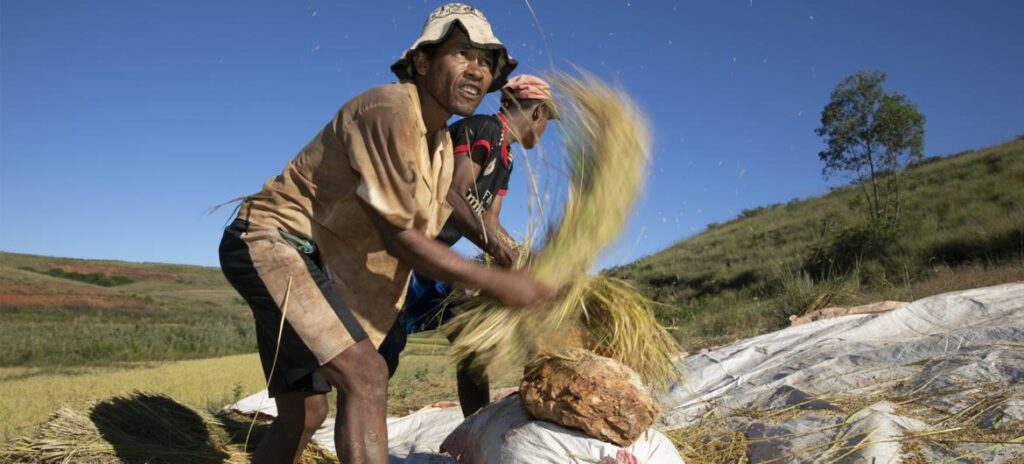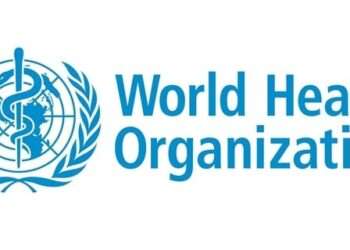Extreme heat is emerging as one of the most dangerous threats to workers’ health and livelihoods, the World Health Organization (WHO) and the World Meteorological Organization (WMO) warned in a joint report released on Friday.
The new assessment, Climate Change and Workplace Heat Stress, paints a troubling picture of how rising global temperatures are endangering workers, particularly those in outdoor industries such as agriculture, construction, and fisheries. Vulnerable groups in developing countries – including children, older adults, and low-income communities – are identified as facing the most severe risks.
“Heat stress is already harming the health and livelihoods of billions of workers, especially in the most vulnerable communities,” said Dr. Jeremy Farrar, WHO Assistant Director-General for Health Promotion, Disease Prevention and Care.
“This new guidance offers practical, evidence-based solutions to protect lives, reduce inequality, and build more resilient workforces in a warming world.”
Dr. Jeremy Farrar
Drawing on fifty years of scientific research, the report highlights the dual impact of soaring temperatures, which could harm human health and cause a steep decline in productivity. WMO confirmed that 2024 ranked as the hottest year on record, with global average temperatures rising 1.55°C above pre-industrial levels. Daytime highs above 40°C have become common in many parts of the world, with some regions experiencing temperatures beyond 50°C.
“Occupational heat stress has become a global societal challenge, which is no longer confined to countries located close to the equator – as highlighted by the recent heatwave in Europe,” said Ko Barrett, WMO Deputy Secretary-General. “Protection of workers from extreme heat is not just a health imperative but an economic necessity.”
The evidence presented in the report is alarming. Productivity is shown to decrease by 2 to 3 percent for every degree above 20°C. Beyond the economic cost, the health consequences are severe, ranging from heatstroke and dehydration to kidney dysfunction and neurological disorders. According to the findings, nearly half of the world’s population is already experiencing harmful effects from high temperatures.

Urgent Call For Action
The guidance calls for the development of urgent occupational heat action plans tailored to specific industries and regions. WHO and WMO stress that without coordinated measures, the dangers posed by extreme heat will escalate, undermining lives, livelihoods, and economies.
The report builds on International Labour Organization (ILO) data showing that more than 2.4 billion workers worldwide are exposed to excessive heat. This exposure results in over 22.85 million occupational injuries annually.
“This report represents a critical milestone in our collective response to the growing threat of extreme heat in the world of work,” said Joaquim Pintado Nunes, ILO Chief of Occupational Safety and Health and the Working Environment.
“Aligned with the ILO’s mandate to promote safe and healthy working environments as a fundamental right, it offers robust, evidence-based guidance to help governments, employers and workers confront the escalating risks of climate change.”
Joaquim Pintado Nunes
The joint guidance emphasizes that addressing heat stress is vital to achieving the United Nations Sustainable Development Goals (SDGs). Protecting vulnerable workers, reducing poverty, and building sustainable economic growth are all dependent on decisive action against climate-related heat hazards.
As both agencies make clear, tackling extreme heat is no longer a matter of choice. Urgent and coordinated action is described as essential to safeguarding health, ensuring economic stability, and protecting the rights of workers around the globe.
READ ALSO: Politics Undercuts Role Of State Regulatory Bodies























